Commando role: Uncovering WW2 elite training centre
- Published
An archaeological dig, which will last for several months, is due to start at a World War 2 commando training site in the Highlands this weekend.
Achnacarry Castle, the ancestral home of the chiefs of Clan Cameron, was crucial to the allied campaign against the Axis powers during WW2.
The castle, about 15 miles north east of Fort William, was used to train elite commandos from Britain and the US as well as France, the Netherlands, Norway, Czechoslovakia, Poland and Belgium from 1942 to 1945.
Earlier excavations have uncovered live ammunition, including bullets for captured German weapons.
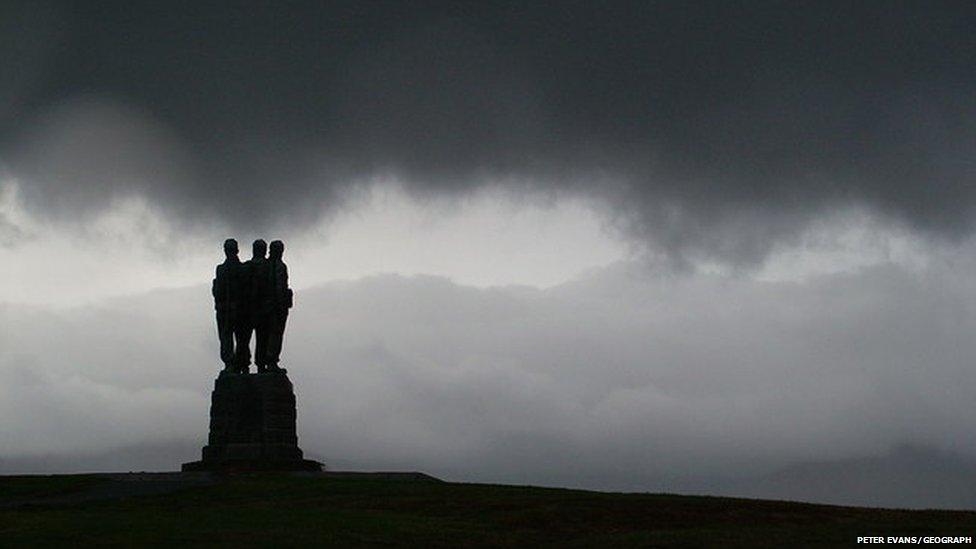
Lochaber, a large mountainous area of the Scottish Highlands, provided a tough training ground for allied commandos in WW2.
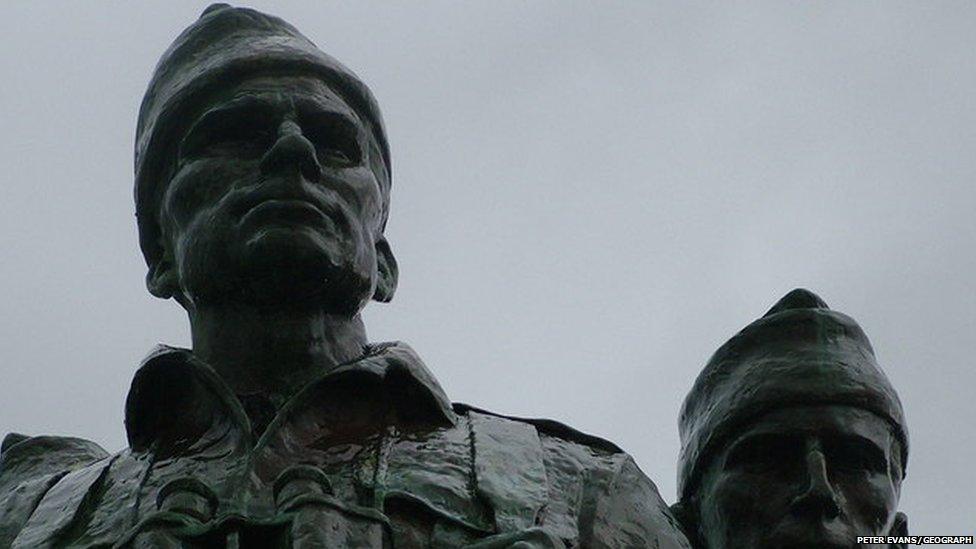
The Commando Memorial near Spean Bridge recalls Lochaber's role in producing elite troops, and also remembers the men who undertook the training in the mountains, forests and training area's base, Achnacarry Castle, before seeing action in the war.
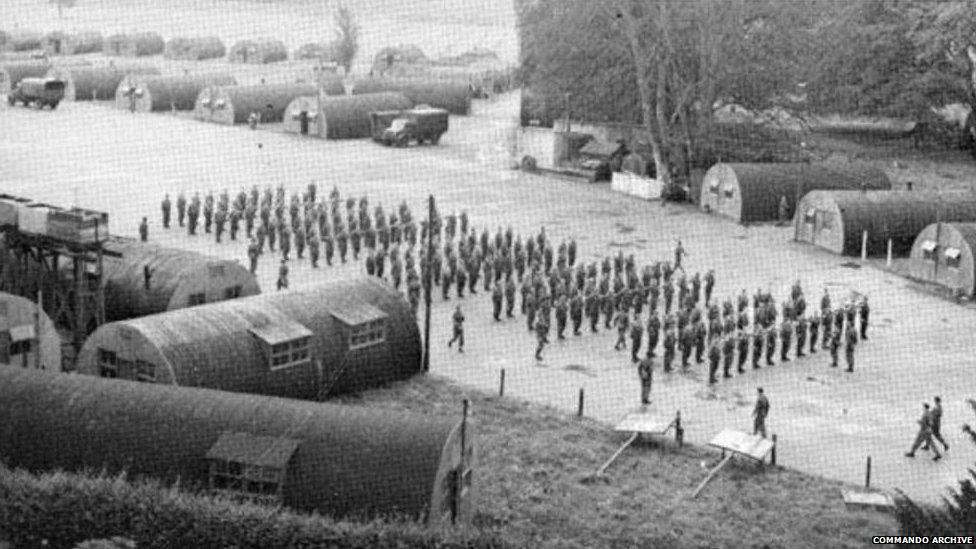
Combatants from the UK, France, Holland, Canada and the USA were among allied fighters who were put through their paces at the Commando Basic Training Centre.
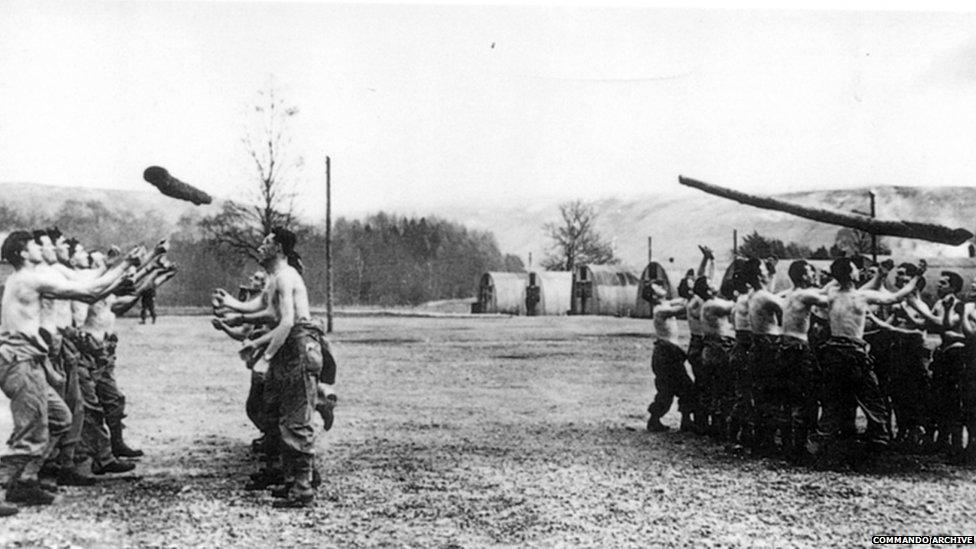
The grounds of Achnacarry House are the focus of a research project involving Lochaber Archaeology Society. The dig is due to start this weekend.
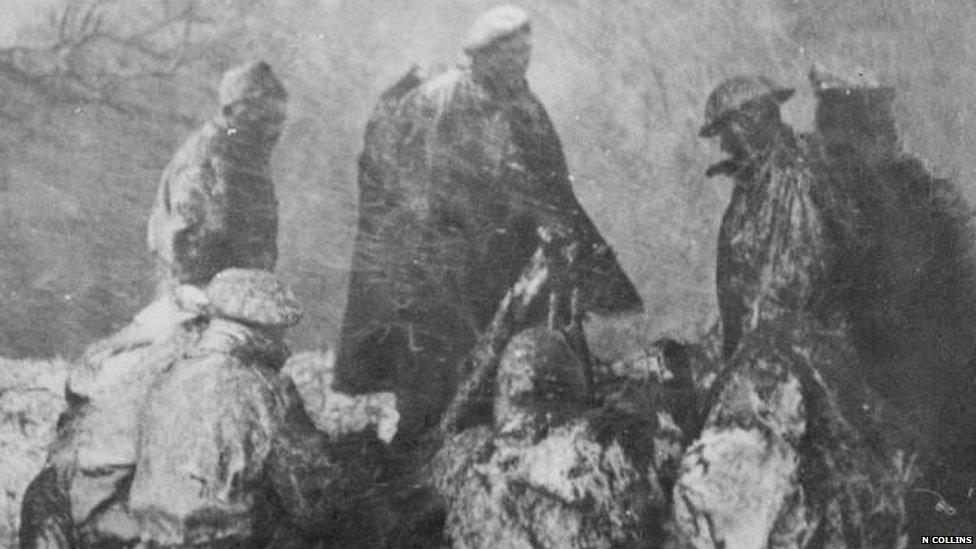
Instructors included Dutchman Cpl Martien van Barneveld, the tall figure wearing a beret pictured in a snow storm at the centre. A veteran of the Battle of Arnhem, he was known to his Dutch recruits as the Big Man of Achnacarry.
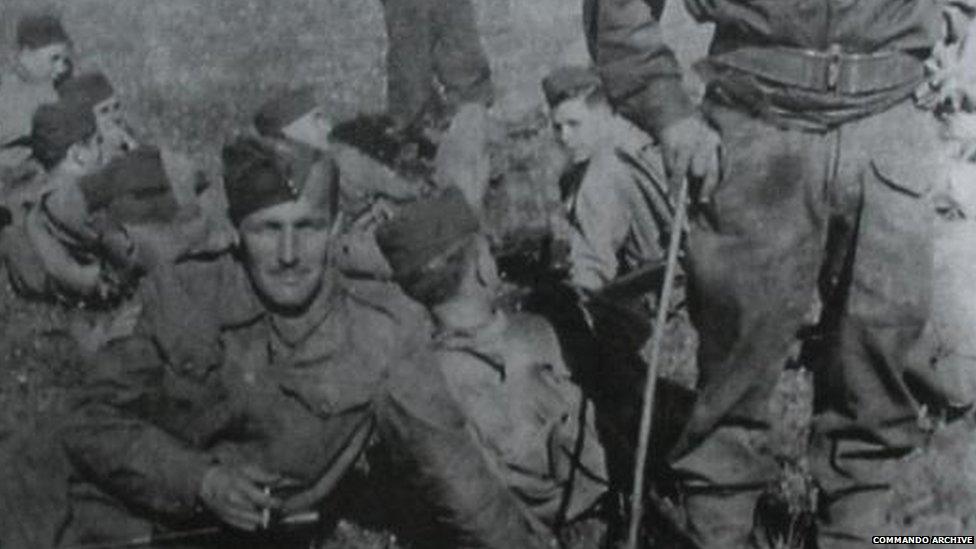
A course for US Rangers ran at the site from 30 June 1942 to 1 August 1942. These rangers taking a break during training were preparing for operations in North Africa.

More than 25,000 men passed through Achnacarry from when the commando centre opened in 1942 and until it closed in 1946.
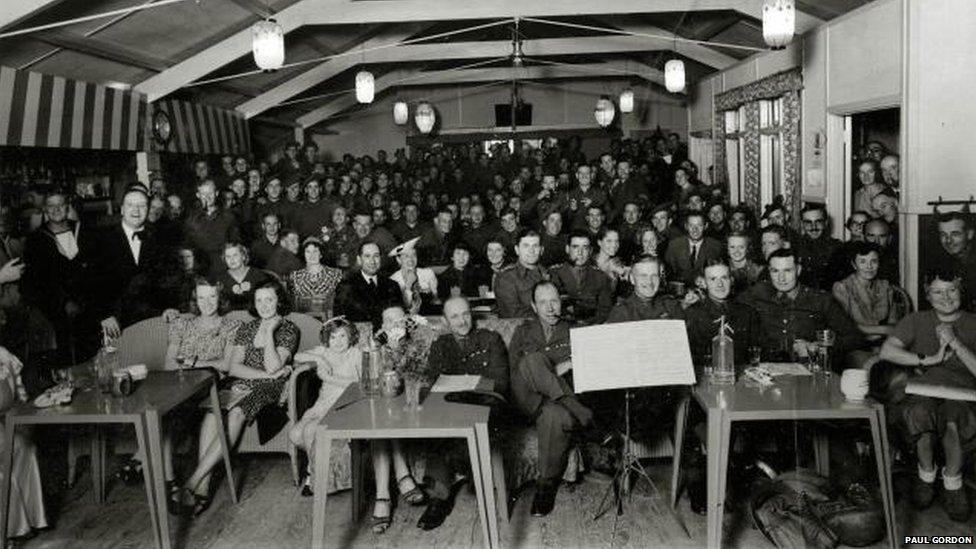
As well as the archaeological digs, the society and Commando Veterans Association have been gathering photographs from the families and Imperial War Museums of life at Achnacarry.